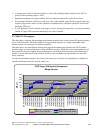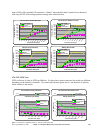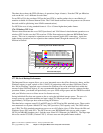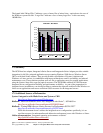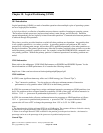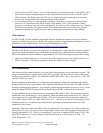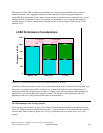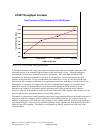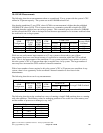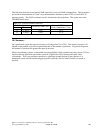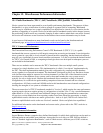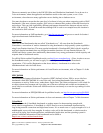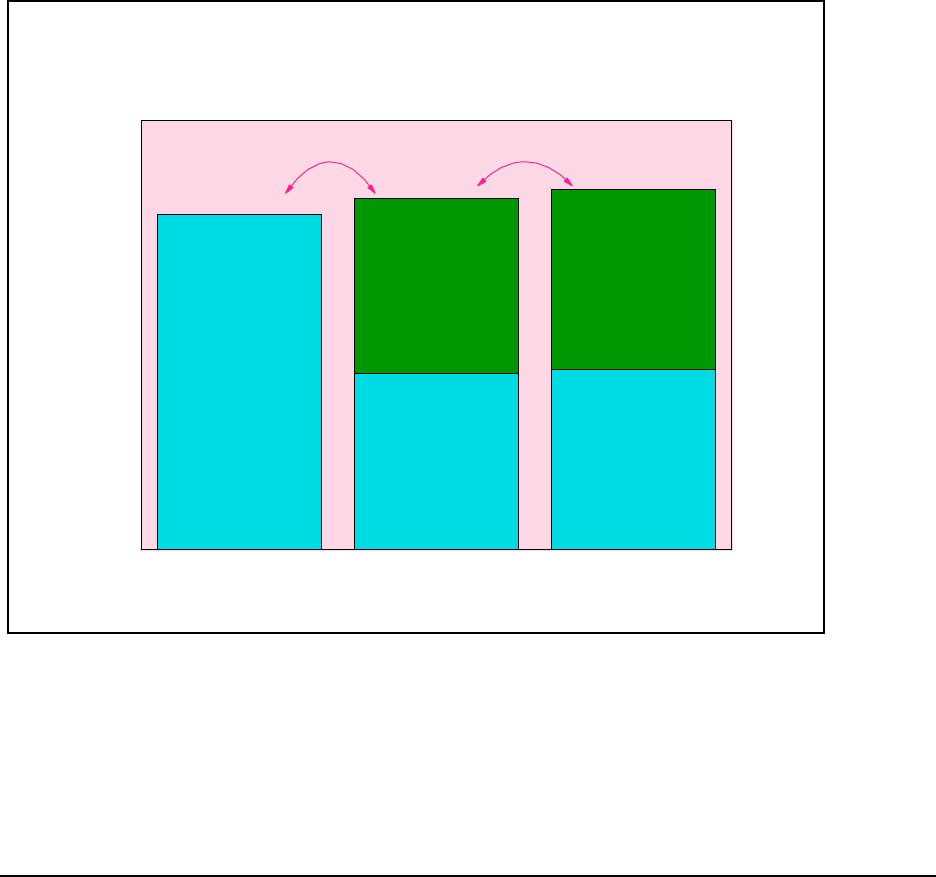
The reasons for the LPAR overhead can be attributed to contention for the shared memory bus on a
partitioned system, to the aggregate bandwidth of the standalone systems being greater than the
bandwidth of the partitioned system, and to a lower number of system resources configured for a system
partition than on a standalone system. For example on a standalone 2-way system the main memory
available may be X, and on a partitioned system the amount of main storage available for the 2-way
partition is X-2.
LPAR Performance Considerations
1019
1050
1950
1025
1050
S/Alone 4-W LPAR 2/2 W 2 x 2-W
0
500
1000
1500
2000
2500
Throughput in CPW
5% increase 3% decrease
Figure 18.1. LPAR Performance Measured Against Standalone Systems
In summary, the measurements on the 4-way system indicate that when a workload can be logically split
between two systems, using LPAR to configure two systems will result in system capacities that are
greater than when the two applications are run on a single system, and somewhat less than splitting the
applications to run on two physically separate systems. The amount of these differences will vary
depending on the size of the system and the nature of the application.
18.3 Performance on a 12-way system
As the machine size increases we have seen an increase in both the performance of a partitioned system
and in the LPAR overhead on the partitioned system. As shown below you will notice that the capacity
increase and LPAR overhead is greater on a 12-way system than what was shown above on a 4-way
system.
IBM i 6.1 Performance Capabilities Reference - January/April/October 2008
© Copyright IBM Corp. 2008 Chapter 18 - LPAR 296



